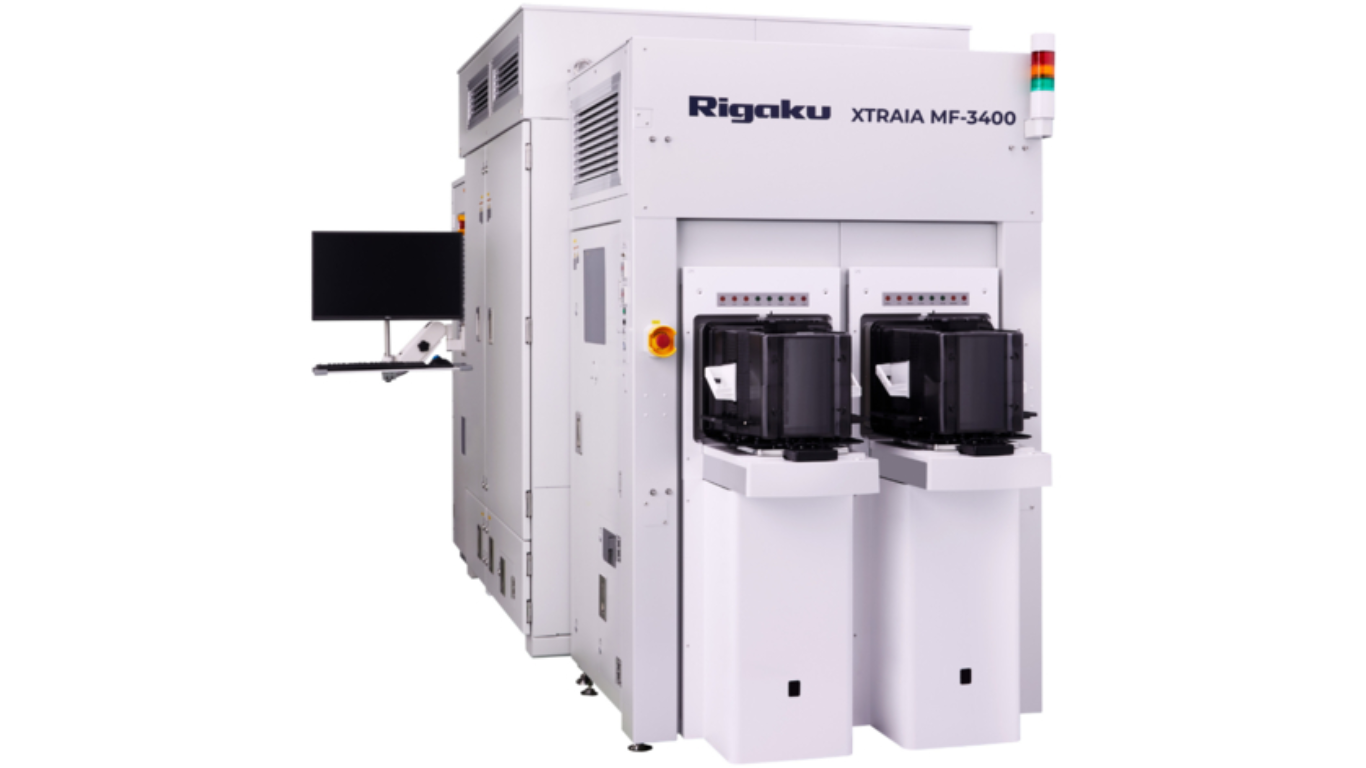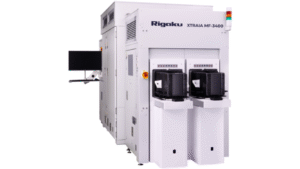When a company finds itself accused of infringing a patent, the consequences can be far-reaching. Legal costs mount quickly, operations risk disruption, and the potential impact on reputation cannot be ignored. In situations like these, businesses often turn to seasoned patent litigators, whose role extends far beyond legal manoeuvring.
They combine a sharp grasp of intellectual property law with technical knowledge and commercial perspective, using strategies tailored to the unique pressures of each case. From scrutinising the fine print of a patent to negotiating practical settlements, their work is central to protecting clients and keeping business momentum intact.
Reviewing The Patent And Testing The Allegations
Every defence begins with a close reading of the patent at the heart of the dispute. The central task is to establish whether the client’s product or method actually infringes what has been claimed. This process, known as claim construction, involves breaking down the patent’s language and comparing it against the accused activity.
If the evidence shows the product sits outside the scope of those claims, the argument for non-infringement can be made. Often, vague or overreaching wording gives the defence an opening, allowing lawyers to dismantle allegations before they gain traction.
Questioning Whether The Patent Is Valid At All
When non-infringement is harder to prove, attention often shifts to whether the patent itself should stand. For protection to be enforceable, it must satisfy strict requirements such as novelty, inventiveness, and utility. By combing through prior art, existing products, earlier publications, or previous patents, lawyers may uncover material that undermines the patent’s originality.
Demonstrating that the so-called invention was already known or obvious at the time of filing can render the entire patent invalid. If successful, this line of attack can collapse the claimant’s case in its entirety.
Using Negotiation To Reach Commercially Sensible Outcomes
Not every dispute needs to play out in a courtroom. In many instances, a negotiated settlement better serves the client’s long-term interests. Lawyers weigh the costs of protracted litigation against practical alternatives such as licensing arrangements, lump-sum payments, or ongoing royalties.
Where both sides hold valuable patents, cross-licensing can produce solutions that work to everyone’s advantage. The decision to push forward with litigation or to resolve matters privately is always guided by a clear view of the client’s commercial goals.
Building A Defence That Stands Up To Technical Scrutiny
Patent disputes rarely hinge on legal argument alone; technical detail is often just as important. A strong defence calls for evidence gathered with precision and often bolstered by expert testimony. Independent specialists analyse whether the accused product actually functions in the same way as the patented design.
Their findings can carry significant weight, either supporting claims of non-infringement or reinforcing challenges to validity. At the same time, the litigation process itself requires meticulous preparation, from managing discovery obligations to crafting persuasive arguments under tight deadlines.
Preparing Clients To Avoid Future Legal Risks
The conclusion of one case is rarely the end of the story. Experienced lawyers often help clients take preventive steps to reduce the likelihood of future disputes. This might mean running freedom-to-operate checks before releasing new products, conducting regular reviews of existing intellectual property, or keeping a close watch on competitor patents.
By embedding these practices into business planning, companies reduce their exposure to infringement claims and can pursue innovation with greater confidence.
Final Thoughts
Defending against patent infringement demands more than an aggressive courtroom stance. It requires a blend of legal knowledge, technical insight, and commercial awareness, all working in harmony. Skilled lawyers use a combination of strategies, challenging questionable patents, narrowing interpretations, or negotiating workable deals, to safeguard their clients’ position.
For businesses operating in competitive markets, early and informed guidance can be the key to protecting innovation while maintaining focus on growth.
Blog received via Mail






























